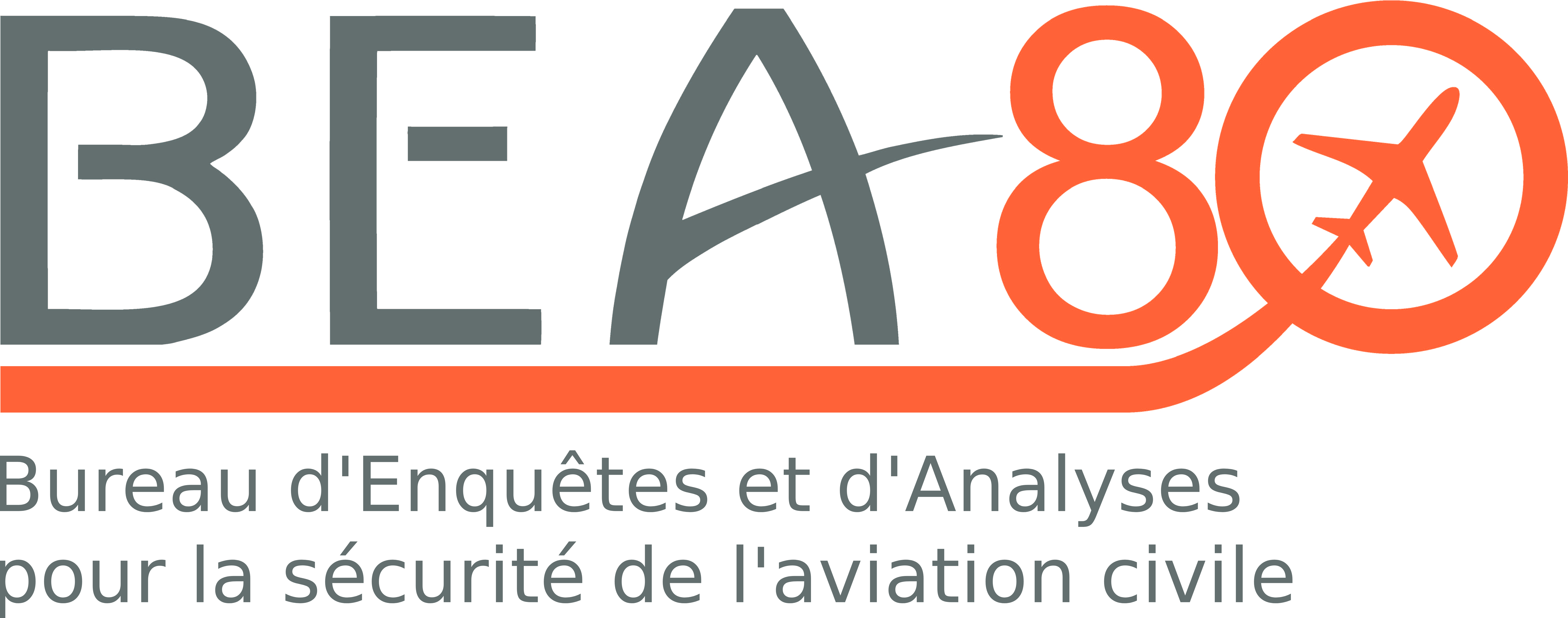Accident to the Cirrus SR22 registered N918SE on 28/09/2020 at La Chevillotte
Approche non stabilisée, perte de contrôle lors de l’approche interrompue, collision avec le sol puis incendie
A large part of the IFR flight was flown above FL 100 probably in order to fly above the cloud
layer. The pilot and passengers did not use supplemental oxygen as the aircraft system was
inoperative. It is probable that the pilot used a pulse oximeter during the flight in order to
assess his state of hypoxia as he had been in the habit of using it during previous flights.
On the approach to Besançon-La Vèze aerodrome, the pilot had to adapt the aeroplane’s
path to avoid various zones. On the RNP approach path, carried out in the cloud layer, the
final descent was started around 30 s after passing the final descent fix. The investigation
was not able to determine if the AutoPilot (AP) was engaged or not, on approaching the
final descent fix. The pilot continued the approach and tried to intercept the glideslope
from above and then from below.
The analysis of the radar data parameters during the final approach shows path deviations
above and below the nominal glideslope probably linked to the pilot making largeamplitude
inputs on the stick. The last manoeuvre started by the pilot, still without external
visual references, seems to correspond to a missed approach during which he lost control
of the aeroplane.
The activation of the airframe parachute at an insufficient height, during the loss of control,
meant that it was not completely deployed before collision with the ground.
The BEA issues 2 safety recommendations:
- Recommendation FRAN-2022-003 / Knowledge of effects and consequences of altitude hypoxia on operation of flight
The BEA recommends that:
- in the absence of specific training and information about post-hypoxic impairments;
- in the absence of up-to-date, referenced documents addressed to pilots concerning altitude hypoxia and post-hypoxic impairments;
- given that paragraph NCO.OP.190(a) gives the pilot-in-command freedom to judge whether to carry supplemental oxygen;
- whereas the improvement in performance of non-high-performance light aircraft permits flights at higher and higher levels;
EASA amend the brochure, “Preventing Hypoxia” to include information about mild hypoxia and post-hypoxic impairments along with their symptoms, and encourage pilots to be more prudent when the limits mentioned in paragraph NCO.OP.190(b) are exceeded and supplemental oxygen is not being used.
- Recommendation FRAN-2022-004 / Pulse oximeter
The BEA recommends that:
- in the absence of up-to-date, referenced documents addressed to pilots concerning the use of the pulse oximeter as a means of determining the flight envelope in which supplemental oxygen would not be necessary;
- whereas the pulse oximeter, used on its own, cannot be considered a sufficiently reliable system to permit an objective assessment of the oxygen pressure in arterial blood;
- whereas the pulse oximeter, used on its own, cannot therefore be used to assess the need for supplemental oxygen;
- given that regulatory requirement NCO.OP.190(a) gives the pilot-in-command freedom to judge whether to carry and use supplemental oxygen;
EASA amend and update the brochure, “Preventing Hypoxia” in order to delete references to the pulse oximeter as a means of determining supplemental oxygen needs above the thresholds mentioned in regulatory requirement NCO.OP.190(b), and limit reference to the pulse oximeter to that of an additional means to ensure that there is a sufficient oxygen supply during the flight phases in which supplemental oxygen is used.
The recommendations are being processed
The status of the recommendations is available at SRIS2: click here
___________________________________________________________________
Note: in accordance with the provisions of Article 17.3 of Regulation No 996/2010 of the European Parliament and of the Council of 20 October 2010 on the investigation and prevention of accidents and incidents in civil aviation, a safety recommendation in no case creates a presumption of fault or liability in an accident, serious incident or incident. The recipients of safety recommendations report to the issuing authority in charge of safety investigations, on the measures taken or being studied for their implementation, as provided for in Article 18 of the aforementioned regulation.
